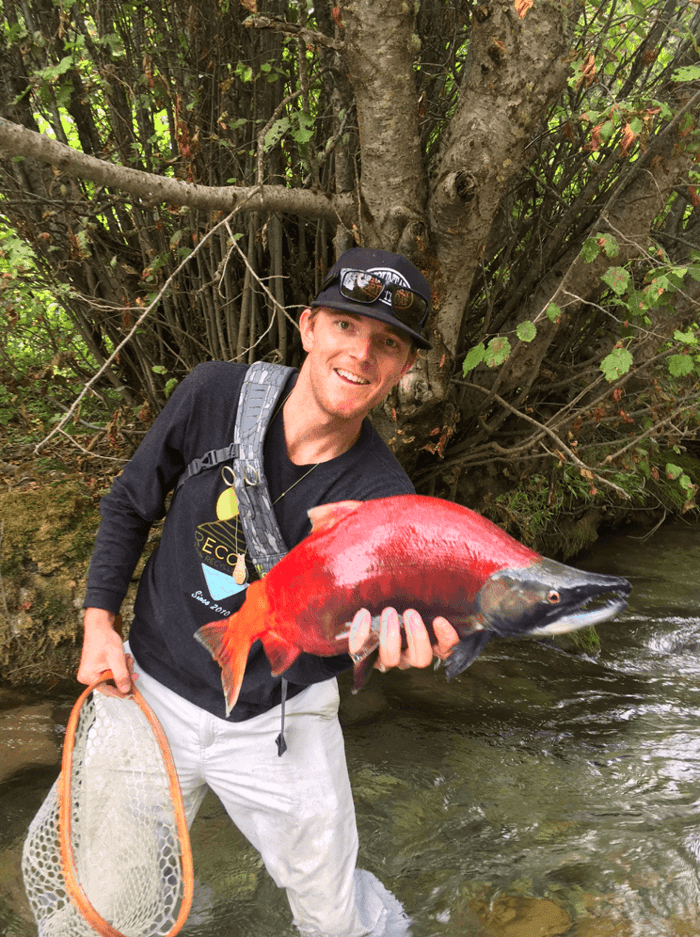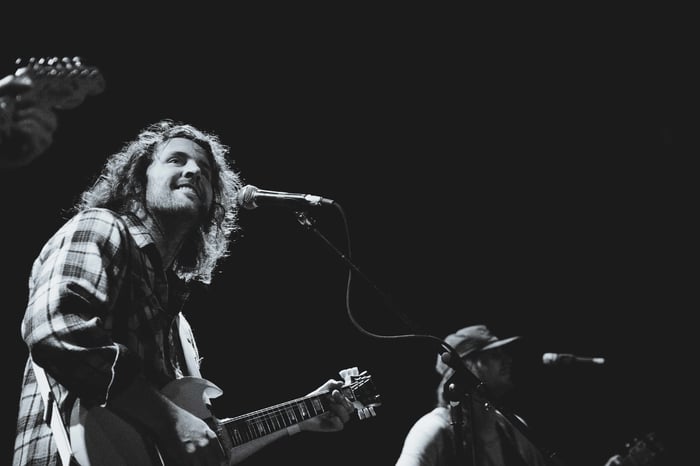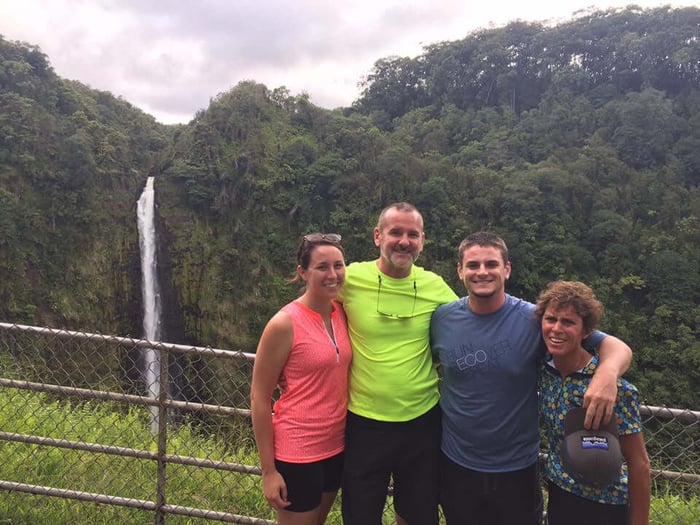A Day in the Life of a Fly Fishing Guide
One of Nature’s Best Covert Advocates
In all my time fly fish guiding, I’ve never seen a person who has hooked a fish on a fly rod and not wanted to do it again right away. When your eyes get opened to such a thrilling activity, you want to protect it just because you like it- I would hope.

-Recover Brands Ambassador and Fly Fishing Guide Baker Mann
It’s all connected. Outdoor guiding and instructing careers are straight-up passion jobs, but they are also a crucial link to the expansive respect and humble appreciation for wilderness that naturally comes from immersion and engagement in the great outdoors.
We are all inspired to take action to protect and maintain that which gives us joy. Guides and instructors are connectors fueling the fight for conservation through the simple means of showing people a good time. They do this in wild places that hold immense intrinsic value, places that are worth protecting and taking care of for future generations to enjoy just as they are.
Recover Brands partners with guides and instructors because we wholly appreciate them and everything they do. We recently caught up with Recover Ambassador Baker Mann who is a fly fishing guide in Jackson Hole, Wyoming. Jackson Hole just happens to only be 5 miles away from Teton National Park and less than 200 miles away from Yellowstone National Park.

Let us just say, a great day on the river is no walk in the park. Recover dives in with Baker Mann to discover more about A Day in the Life of a Fly Fishing Guide…
8:00 pm: Get It Together.
The day actually starts the night before: preparing gear, rigs, lunches, logistics, you name it.
“If you don’t have your boat plug, you and your guests can’t go boating. If you forget your line cutters, you’ll be biting line every day and your dentist will be mad. Every piece of gear is important... And if you don’t clean your coolers, that’s disgusting.”
5:45 am: Rise and Shine, it’s fly fishing time.
Coffee and breakfast. Double check your checks.
“A recycling bucket and trash bucket are on the gear list that I check every morning. You try to constantly be mindful of your environment because there’s a lot of ways to do it wrong. If you left that stuff on the bank, didn’t pick up after yourself, and didn’t make it better every day, then the whole place would get ruined for everyone very quickly.”


7:30 am: Meet Guests.
Get fishing licenses. Drive to river.
“Where you go depends on you, your guests, and the day. I go to the Green, South Fork of the Snake River, Snake River below Jackson dam to Palisades Reservoir, Salt River, Louis Lake and Yellowstone National Park, Fire Hole River in Yellowstone National Park… the rest are secret.”

8:00 am: Rig boat.
Fishing rods on. Make sure keys are in the right spot for shuttle driver. Check your checks. Again. And one more time. Launch.
“You don’t want to show up at the end of the day with your crew and have your car not be there. Once, my shuttle driver just never came despite my setting it up, so I had to hitchhike back- I get everything I can in order, but some things you can’t control.”
8:30 am: Casting Lesson.
If you’re new to fishing, you’ll pull over for a casting lesson. If you’re experienced, you’re already fishing.
“It’s definitely a romantic sport and you need to apply some finesse and understand the mechanics of it to do it well.”

10:00 am: Float On and Fish.
Continue on the 8 to 12 mile float casting and catching as you go.
“On my boat, it’s all catch and release. I always make sure to go over how to catch and handle a fish properly. You wet your hands first if you want a picture, then take the fish into very slack water and hold and wave its tail to make sure the gills are opening and closing. It’s CPR: Catch, Photo, Release.”

All Day: Look and Learn.
Whether learning about hydrology or how good it feels to be where you are instead of on your phone, this is experiential learning at its best.
“Whether it’s about aquatic insects, how the river was formed or the greater Yellowstone ecosystem, I want my guests to understand where they are. It’s also a great opportunity for me to share information about the environment and sustainability on a wider scale.”
1:00 pm: Lunch.
If you don’t forget about food with all the fishing, enjoy gourmet sandwiches with a view.
“If folks want that picturesque Teton view, I have the perfect spot for them to sit with a front-row seat. Some people just scarf down their sandwich real quick and keep fishin’. Others are so die hard, they’ll eat their lunch on the way back.”

3:00 pm: Drink a Beer and Tell Fish Stories.
Self explanatory.
Then... de-rig, re-rig and do it all over again. Sometimes, a fly-fishing guide may work 20 days or more in a row. As Baker says, “In July, August and September, you work almost every day. You have to get your hay while the sun is shining.”
And what’s this fly fishing guides’ favorite piece of Recover gear?
“For fishing I love Recover tees because I wear them from car to bar (with fishing in between). And in the winter, I wear my Recover Dry Fit every day when I’m skiing as my base layer.”

The sun is shining and it’s officially summer. Time to go fishin’.





